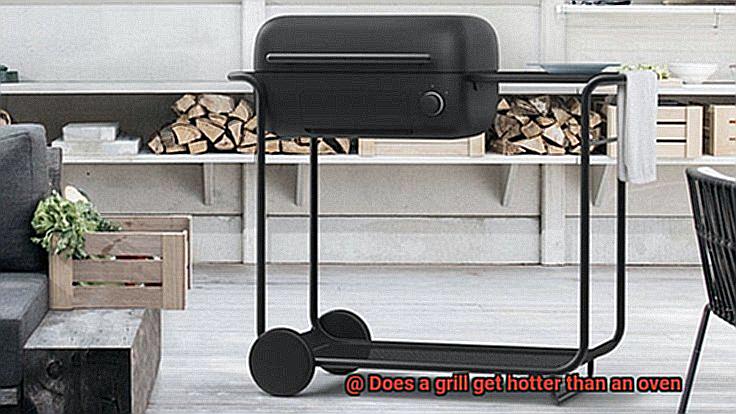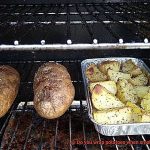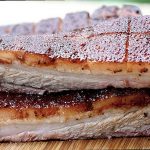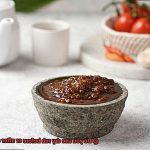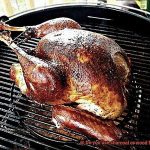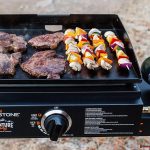Are you a foodie who loves experimenting with different cooking appliances? Do you find yourself wondering about the temperature variations among various heating devices? Well, hold on tight because we’re about to embark on a journey to uncover the truth behind one of the most debated questions in the culinary world: does a grill get hotter than an oven?
The tantalizing sizzle of a juicy steak on a grill or the mouth-watering aroma of a freshly baked pizza from an oven – both have their unique appeal and flavor. However, the battle between these two heating appliances has been raging for ages.
Is grilling’s heat output more intense, or does baking in an oven offer better temperature control? These are the burning questions that we’ll be answering in this post. We’ll delve into the differences in their heating methods, compare their maximum temperatures, and analyze their impact on food.
By the end of this read, you’ll have a crystal-clear understanding of which appliance reigns supreme when it comes to heating up your meals. So let’s dive right in and settle this age-old argument once and for all.
Contents
What is the Maximum Temperature of an Oven?
For most ovens, whether gas or electric, the maximum temperature is around 500-550 degrees Fahrenheit (260-288 degrees Celsius). However, some high-end models can exceed 600 degrees Fahrenheit (315 degrees Celsius) or more.
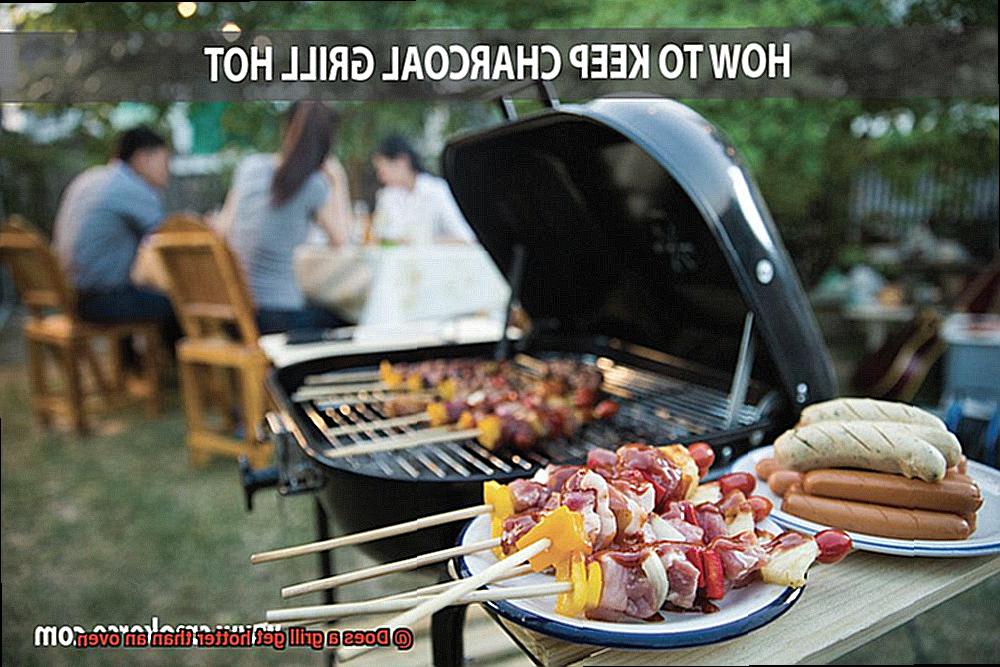
It’s crucial to note that while ovens can reach high temperatures, they’re not designed for direct heat like a grill. Instead, ovens use indirect heat to cook food, meaning that the food is heated by the surrounding air rather than direct flames or heat sources. This makes it difficult for ovens to achieve the same levels of searing and charring as a grill.
That said, an oven’s maximum temperature doesn’t necessarily determine its cooking abilities. Some ovens are designed with features like convection cooking or broiling that can enhance their cooking capabilities even at lower temperatures. For instance, convection ovens utilize a fan to circulate hot air around the food, cooking it more evenly and quickly.
It’s also worth noting that different foods require different cooking temperatures. While grilling is ideal for achieving a classic charred flavor on meats and vegetables, delicate fish or baked goods may require a lower and more consistent temperature that an oven can provide.
What is the Maximum Temperature of a Grill?
The answer is not as simple as you might think, and there are several factors that determine a grill’s maximum temperature. However, understanding these factors can help you choose the right grill for your needs and get the most out of your grilling experience.
Firstly, the type of fuel a grill uses plays a significant role in determining its maximum temperature. Gas grills typically have a maximum temperature range of 500 to 600 degrees Fahrenheit, while charcoal grills can reach temperatures as high as 700 degrees Fahrenheit. If you’re looking for a grill that can achieve the hottest temperatures possible, then a charcoal grill might be the way to go.
Another factor that affects a grill’s maximum temperature is its size and shape. A larger grill generally has a higher maximum temperature, as it has more space for the heat to accumulate. Additionally, grills with more rounded shapes tend to have higher maximum temperatures than those with more square or rectangular shapes.
The quality of a grill’s construction also plays an important role in determining its maximum temperature. Grills made from thicker materials, such as cast iron or stainless steel, are generally able to reach higher temperatures than those made from thinner materials like aluminum. So, if you’re looking for a high-temperature grill that can last for years, investing in a well-constructed model might be worth it.
It’s worth noting that while grills can certainly get hot enough to cook food thoroughly and quickly, they may not necessarily be hotter than an oven. Ovens are designed specifically for baking and roasting and are able to maintain consistent temperatures for longer periods than most grills. However, when it comes to searing and charring meats and vegetables, there’s no substitute for the intense heat that a grill can provide.
What Factors Affect Maximum Temperature on a Grill?
Then let’s discuss one of the most critical aspects of grilling – maximum temperature. Achieving that perfect sear on your meat or vegetables requires reaching the right temperature, but what factors affect the temperature? Let’s explore.
Firstly, the type of fuel you use can make a significant difference in how hot your grill can get. Gas grills tend to have a higher maximum temperature than charcoal grills because they can produce a consistent and high heat output. Charcoal grills rely on charcoal briquettes to heat up and maintain a consistent temperature, which may not allow for achieving high temperatures. Therefore, if you’re looking for that extra heat boost, gas may be the way to go.
The size and design of the grill also play a role in reaching maximum temperature. Larger grills with more burners or heating elements can reach higher temperatures than smaller ones. A grill with a hood or lid can trap heat and create a more intense cooking environment, allowing for higher temperatures. So, if you’re serious about getting those high temps, consider investing in a larger grill or one with a hood.
Moreover, Quality and condition of your grill components also play a crucial role in maximum temperature. If your burners or heating elements are clogged or damaged, they may not produce as much heat as those that are clean and functioning correctly. The same is true for cooking grates – rusted or worn-out grates may not conduct heat as efficiently, reducing your maximum temperature potential.
Last but not least, external environmental factors can impact the maximum temperature of your grill. Windy or cold weather can cause heat loss and make it hard to maintain high temperatures. On the other hand, direct sunlight or hot ambient temperatures can increase the overall temperature around the grill, making it harder to control heat output.
Pros and Cons of Grilling vs Oven Cooking
Grilling is often associated with outdoor cooking, but it offers distinct advantages. One of its main benefits is that it can get hotter than an oven due to its direct heat source, usually an open flame or hot coals. This high heat can sear meat quickly and create a flavorful crust while keeping the inside moist and tender. Additionally, grilling imparts a unique smoky flavor that cannot be replicated in an oven.
However, grilling has some downsides. Temperature control can be challenging, especially when using charcoal or wood as the heat source. This can result in overcooked or undercooked food. Moreover, grilling requires attention and maintenance as the grill must be cleaned and preheated.
On the other hand, oven cooking provides precise temperature control and even heating, making it perfect for baking delicate desserts or cooking foods that require specific internal temperatures. Furthermore, oven cooking allows for versatility in cooking methods such as roasting and broiling.
Nevertheless, oven cooking also has some drawbacks. It takes longer than grilling and may not provide the same level of sear or smoky flavor. Additionally, it requires a significant amount of energy to preheat and maintain the desired temperature.
How to Choose the Right Temperature for Your Food
Temperature is the key to cooking mouth-watering food, whether you’re grilling or oven baking. It is essential to select the right temperature for your dish to achieve perfect results. Here are five sections to help you choose the correct temperature for your food.
Know Your Cooking Method
Grilling involves direct heat, while oven cooking requires indirect heat. The temperature range for grilling usually falls between 400-550 degrees Fahrenheit, whereas oven cooking temperatures typically range from 200-450 degrees Fahrenheit. Understanding these differences will help you choose the correct temperature.
Consider the Type of Food You’re Cooking
Different foods require different temperatures to cook correctly. For example, a steak needs a higher temperature to achieve a nice sear on the outside while keeping the inside tender and juicy. In contrast, vegetables or delicate fish may require lower temperatures to prevent burning or overcooking.
Think About the Internal Temperature of Your Food
Using a meat thermometer can help ensure that your food has reached a safe internal temperature. For example, chicken should be cooked to an internal temperature of 165 degrees Fahrenheit to prevent foodborne illness.
Preheat Your Oven or Grill
Preheating your oven or grill before cooking is crucial to ensure your food cooks evenly and thoroughly.
Use Your Judgment to Make Adjustments as Needed
Ultimately, choosing the right temperature comes down to understanding the specific needs of each dish and using your judgment to make adjustments as needed. With practice and experience, you’ll be able to master the art of temperature control and create delicious dishes every time.
Tips for Using an Oven or Grill Safely
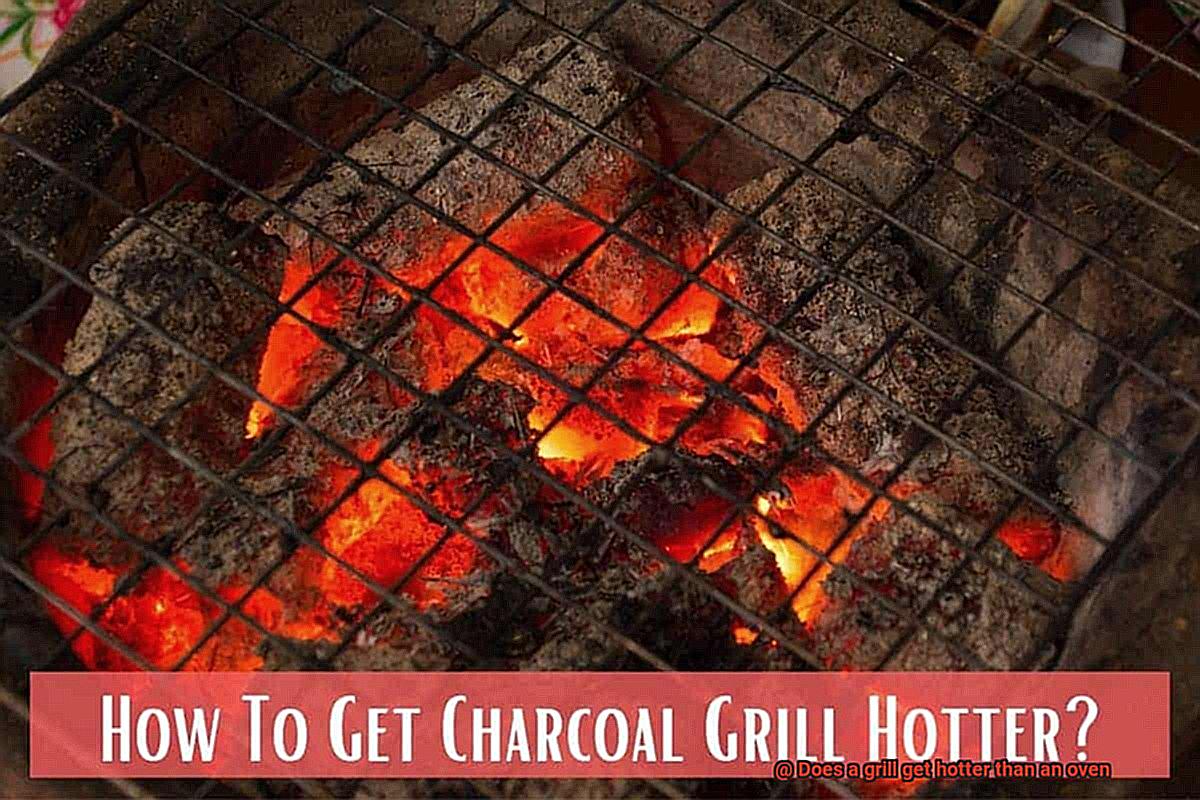
When it comes to using an oven or grill, safety should always be a top priority. Both appliances can reach high temperatures that can cause burns or fires if not used properly. Here are some tips to keep in mind when using an oven or grill:
Read the Manual
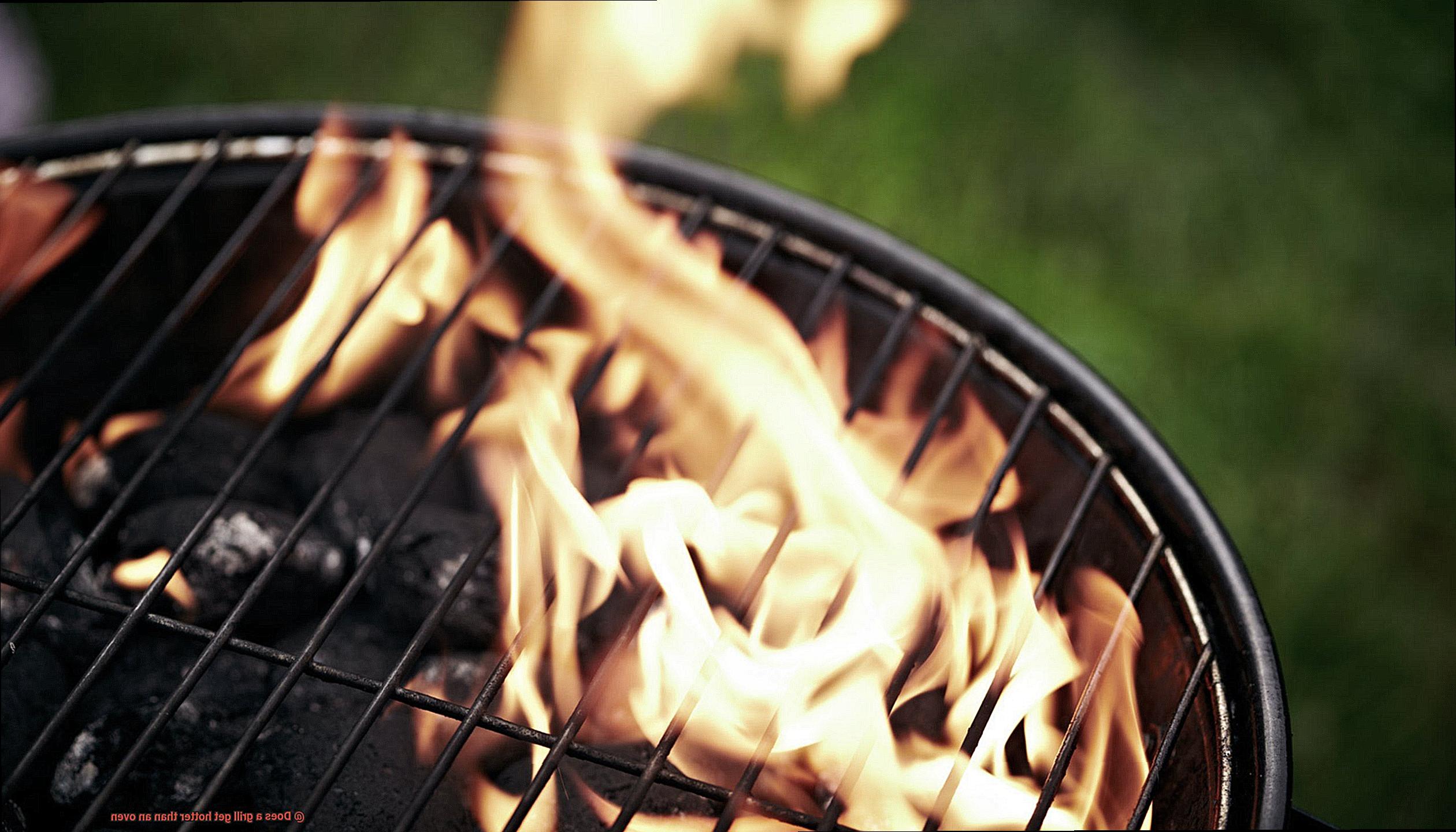
Before using your oven or grill, take the time to read the manual thoroughly. The manual will give you important information on how to operate the appliance safely and prevent any accidents. It will also provide you with instructions on how to maintain and clean the appliance properly, which is essential for keeping it in good working condition.
Clean Regularly
Keeping your oven or grill clean is crucial for preventing grease buildup, which can be a fire hazard. Make sure to clean the grates, burners, and any other parts of the appliance regularly. This will help prevent any buildup of old food that could affect the taste of your dishes and make cleaning more challenging.
Keep a Fire Extinguisher Nearby
Having a fire extinguisher nearby can save lives in case of an emergency. Make sure it’s easily accessible and that you know how to use it. It’s also important to check its expiration date regularly to ensure that it’s still effective.
Use Heat-Resistant Gloves
When handling hot pots or pans, use heat-resistant gloves to prevent burns. These gloves are specifically designed to protect your hands from high temperatures and will help you move hot dishes around safely.
Don’t Leave the Appliance Unattended
Whether you’re using an oven or grill, never leave it unattended. Keep an eye on the food and make sure it doesn’t overcook or catch fire. Leaving it unattended can lead to overcooked or burnt food, or even worse, a fire that can cause serious damage.
Common Mistakes to Avoid When Grilling or Oven Cooking
If so, you may have encountered some common mistakes that can ruin your food. Fear not, as an expert in grilling and oven cooking, I am here to guide you on how to avoid these blunders and make mouthwatering dishes every time.
Firstly, not preheating your grill or oven is one of the biggest mistakes that many people make. This can lead to unevenly cooked or undercooked food, which is a major disappointment. So, make sure to preheat your grill or oven to the desired temperature before cooking to ensure that your food is cooked to perfection.
Seasoning is another crucial step that shouldn’t be overlooked. Adding spices and seasonings to your food enhances its taste and flavor profile. Don’t be afraid to use salt, pepper, or any other spice of your choice to elevate your dish.
Opening the grill or oven too often while cooking is a common mistake many people make. It’s tempting to check on your food frequently, but doing so can cause a drop in temperature and result in uneven cooking. So, resist the urge to open the lid or door too often and let your food cook undisturbed.
Overcooking or undercooking your food is also a common mistake that can ruin your meal. Keep an eye on your food while cooking and use a meat thermometer if necessary to ensure that it’s cooked to the proper temperature.
Lastly, not properly cleaning your grill or oven after each use can lead to a buildup of grease and residue. This can affect the taste of your food and even pose a fire hazard. So, make sure to clean your grill or oven after each use to ensure that it’s ready for your next meal.
dEc7hnLU_gg” >
Conclusion
In conclusion, the age-old question of whether a grill gets hotter than an oven has finally been put to rest. While grills can reach scorching temperatures due to their direct heat source, it doesn’t necessarily mean they’re hotter overall compared to ovens. Ovens offer precise temperature control and even heating, making them ideal for baking delicate desserts or cooking foods that require specific internal temperatures.
When it comes to achieving perfect results for your food, choosing the right temperature is crucial. Understanding the specific needs of each dish and using your judgment to make adjustments as needed will help you master the art of temperature control like a pro.
But before you start cooking up a storm, safety should always be a top priority. Remember to read the manual thoroughly, clean regularly, keep a fire extinguisher nearby, use heat-resistant gloves, and never leave the appliance unattended.
And let’s not forget about avoiding common mistakes that could ruin your dish. Preheating your grill or oven properly, seasoning adequately, minimizing opening the lid or door while cooking, avoiding overcooking or undercooking your food and cleaning your appliance after each use are all crucial steps in creating mouthwatering dishes every time.
To sum it up, both grilling and oven cooking have their unique advantages and disadvantages. Choosing the right appliance depends on what you’re cooking and personal preference.

